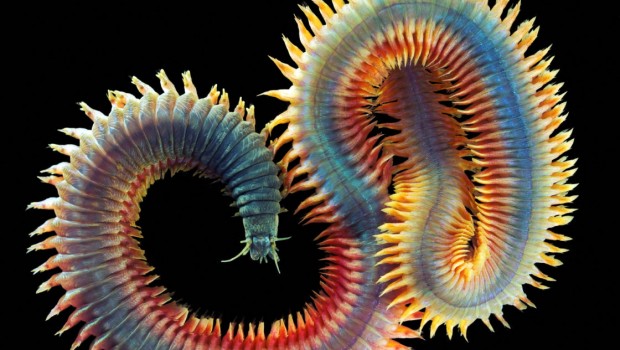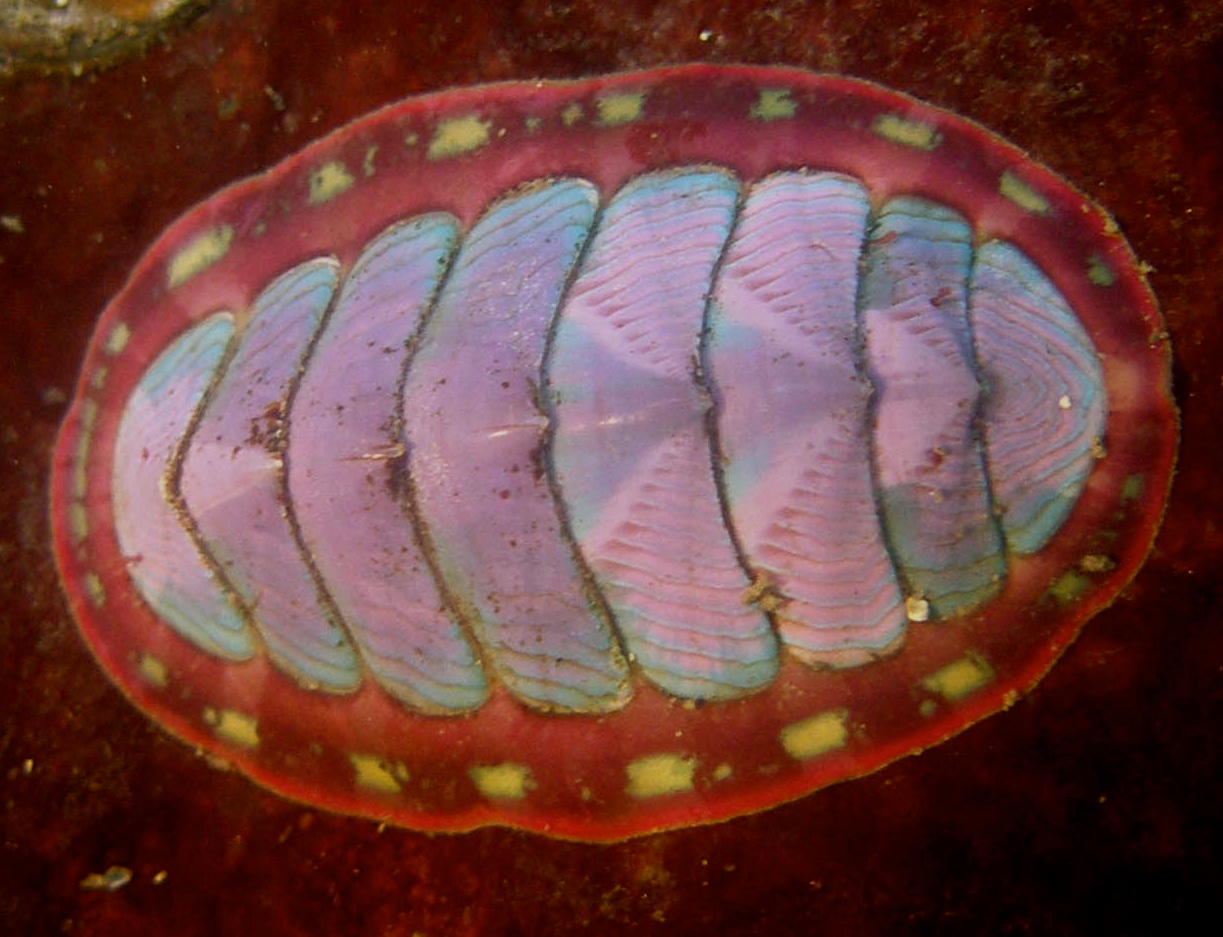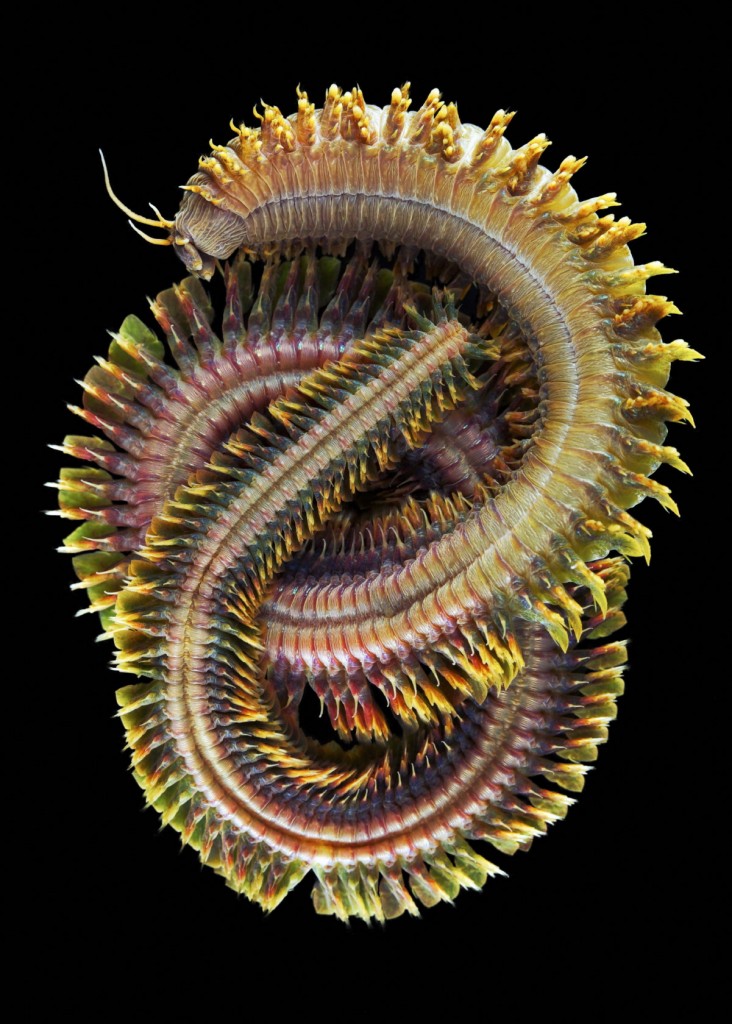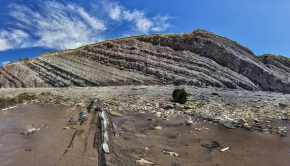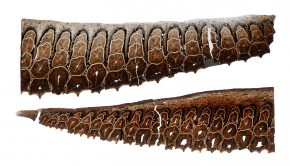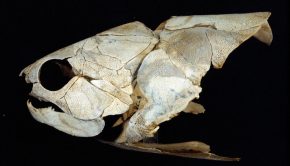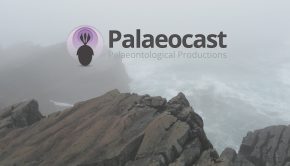Episode 12: Paleozoic Problematica
Fossils, at the best of times, are difficult to interpret. Palaeontologists attempt to reconstruct organisms from what little remains are left. This can be relatively simple for groups that we are familiar with today; you can easily make comparisons between a fossil lobster and a living one. But how does one interpret a fossil that has no modern counterpart and is not clearly related to any other organism? We speak to Dr. Jakob Vinther of the University of Bristol about his experience of interpreting some of the oldest and most cryptic specimens in the fossil record. We look at molluscs, worms, worm-like molluscs and mollusc-like worms.
Podcast: Download (Duration: 58:10 — 79.9MB)
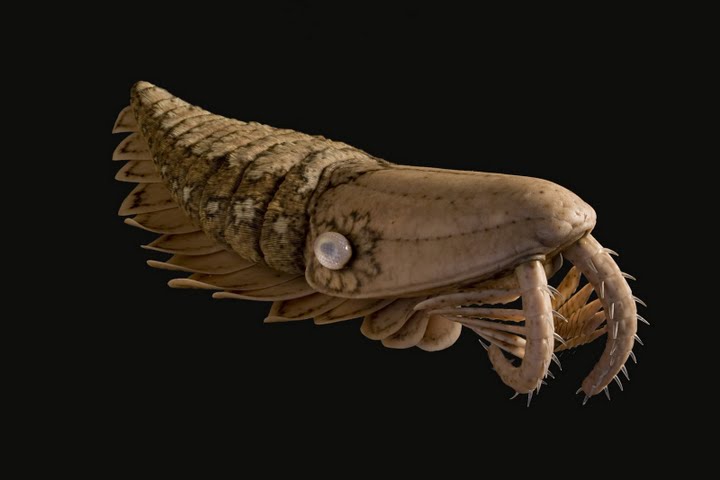
Peytoia is a genus of Anomalocarids from the Burgess Shale. Historically its interpretation has been problematic. Its oral anatomy is more readily preserved than the softer body. Isolated mouth-parts and appendages were assigned to different existing groups. Its mouth-parts were considered to be jellyfish and the appendages were thought to be the tails of shrimp. Only with the discovery of the whole animal did palaeontologists realise they were one and the same. Image credit: Esben Horn, all rights reserved.
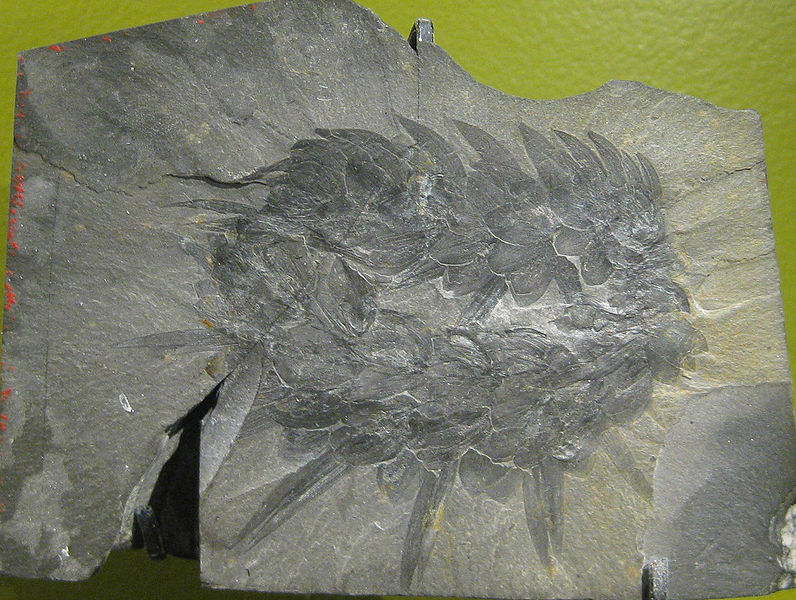
Wiwaxia is another problematic animal from the Burgess Shale, looking little more than a ball of spines. It was originally described from an isolated spine, before an entire specimen was found. Today Wiwaxia is considered to be most closely related to molluscs.
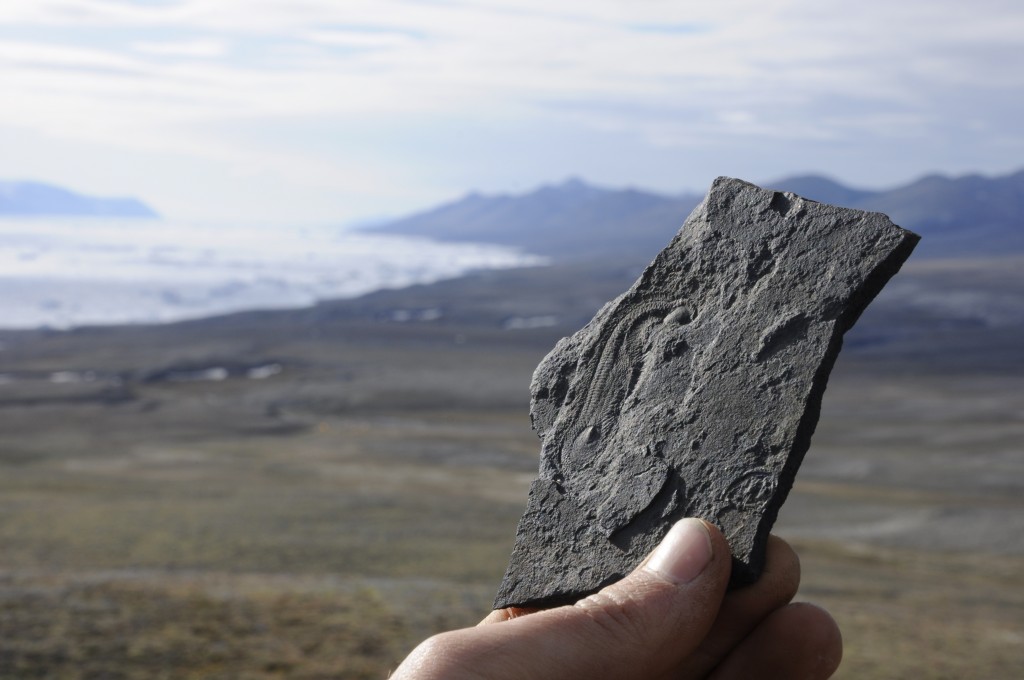
Halkieria has a long body with a shell at each end displaying growth lines. Theses shells resemble those of brachiopods and so therefore Halkieria was initially considered to have been a closely related ancestor. It was suggested that the most primitive brachiopod ancestors also had long bodies which, through the course of evolution, became shorter and shorter until the animals eventually became completely enclosed within their shells. Here Jakob finds a specimen in the famous Lower Cambrian Sirius Passet locality in North Greenland.
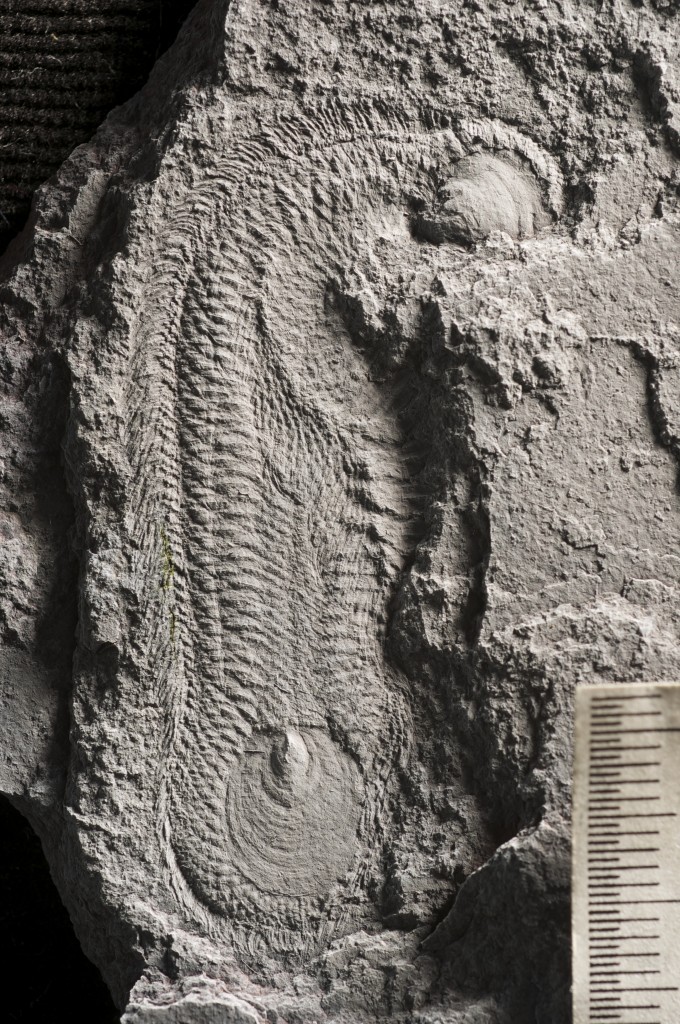
Closer inspection of the body of Halkieria, however, reveals that it is covered in small calcareous scales called sclerites. Furthermore, at the margin of the body there are spine-like plates. This armoured body-plan is more comparable to that of a living group of molluscs: chitons. However in possessing sclerites, small , along the length of its body, they in fact appear more closely related to molluscs.
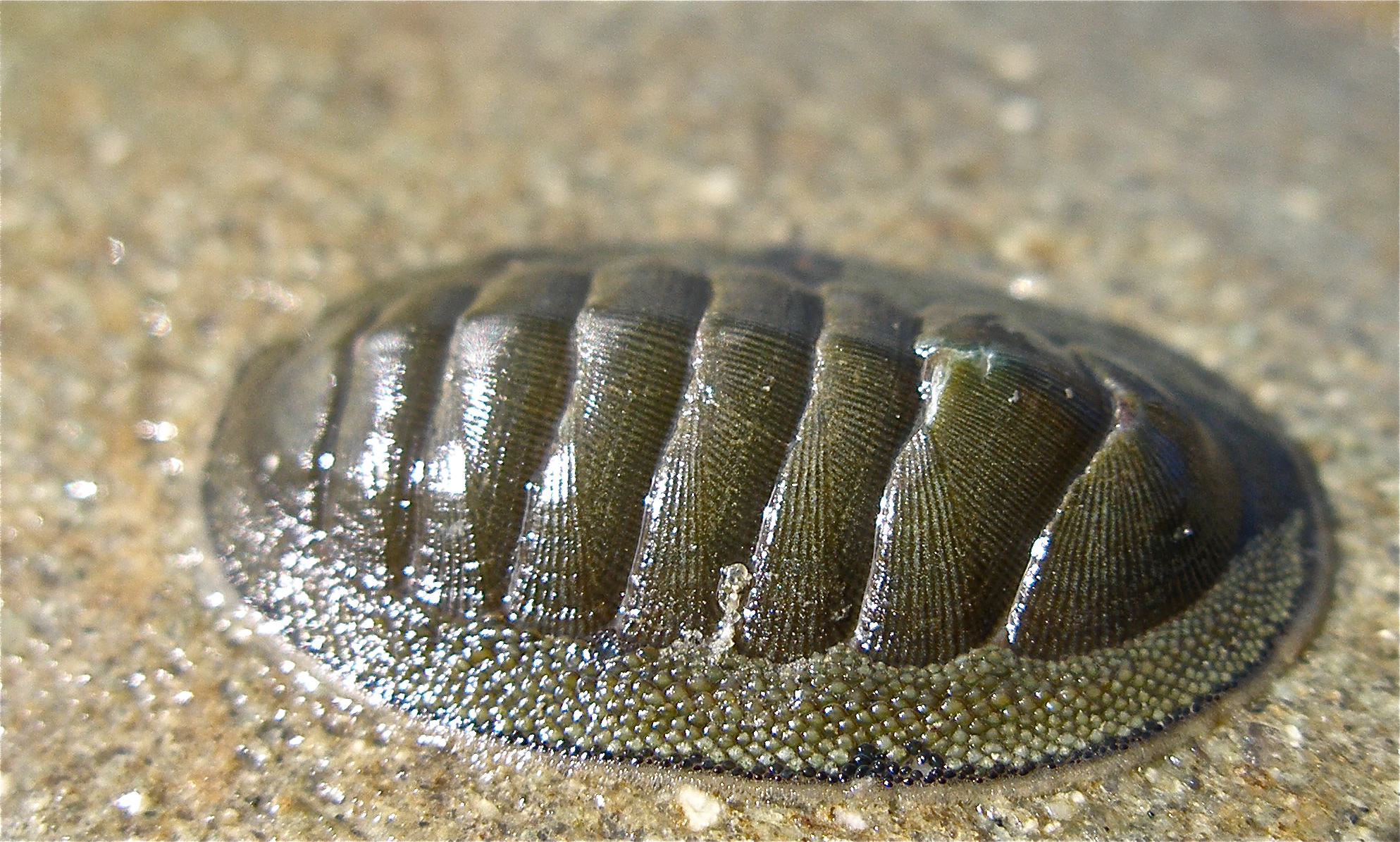
Chitons are polyplacophorans: molluscs with eight articulating valves (shells). Their sclerites appear similar to those of the halkieriids.
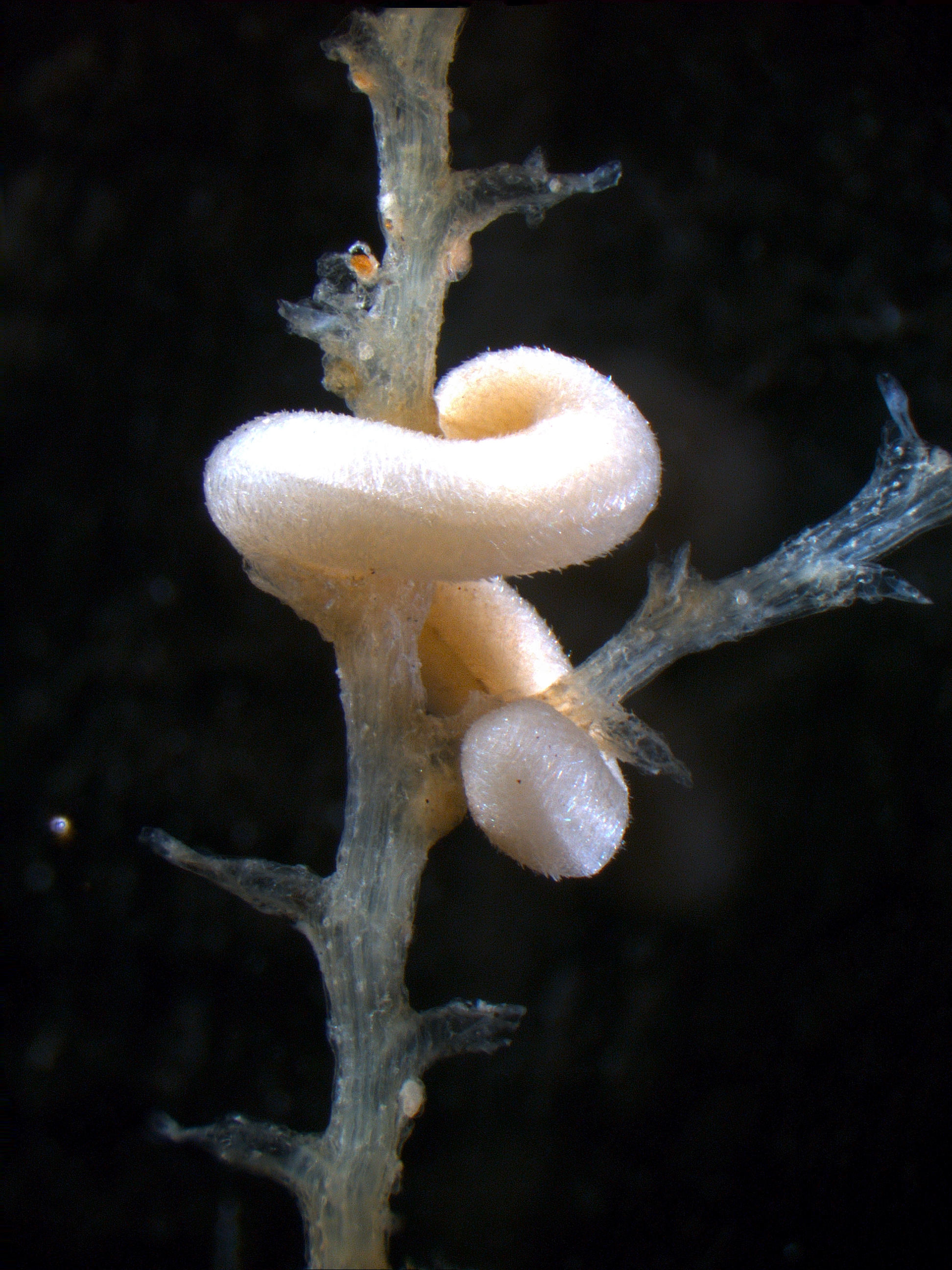
This aplacophoran might look like some kind of pale worm, but it is actually a very unusual mollusc lacking a shell and well-developed foot. Aplacophorans have traditionally been viewed as the most primitive living molluscs, owing to their simple worm-like anatomy. In actual fact, aplacophorans and chitons are more closely related to each other than to any other living mollusc. Aplacophorans can therefore be reinterpreted as a derived, rather than primitive, group of molluscs that over time have lost their shells and become superficially worm-like.
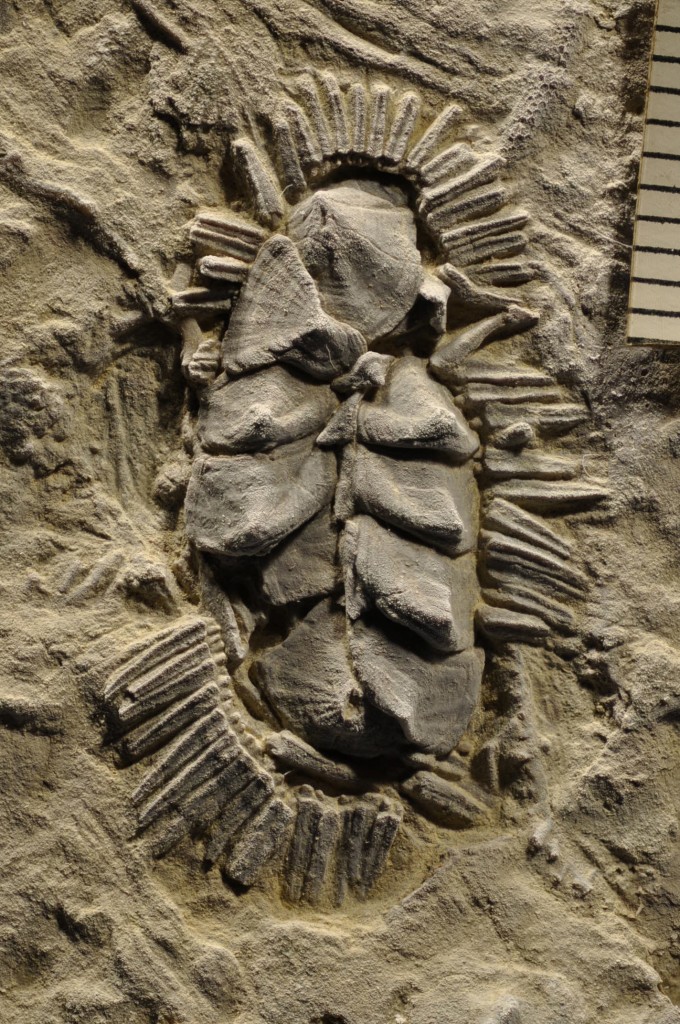
Multiplacophorans are a group of molluscs, with 17 shell plates that bare resemblance to chitons. Molecular data, however, suggests that some of these similarities may have evolved independently, perhaps because these two groups of molluscs have adapted themselves to similar environments.
The video above shows the reconstruction of a multiplacophoran specimen from a fossil, through to a 3D model.
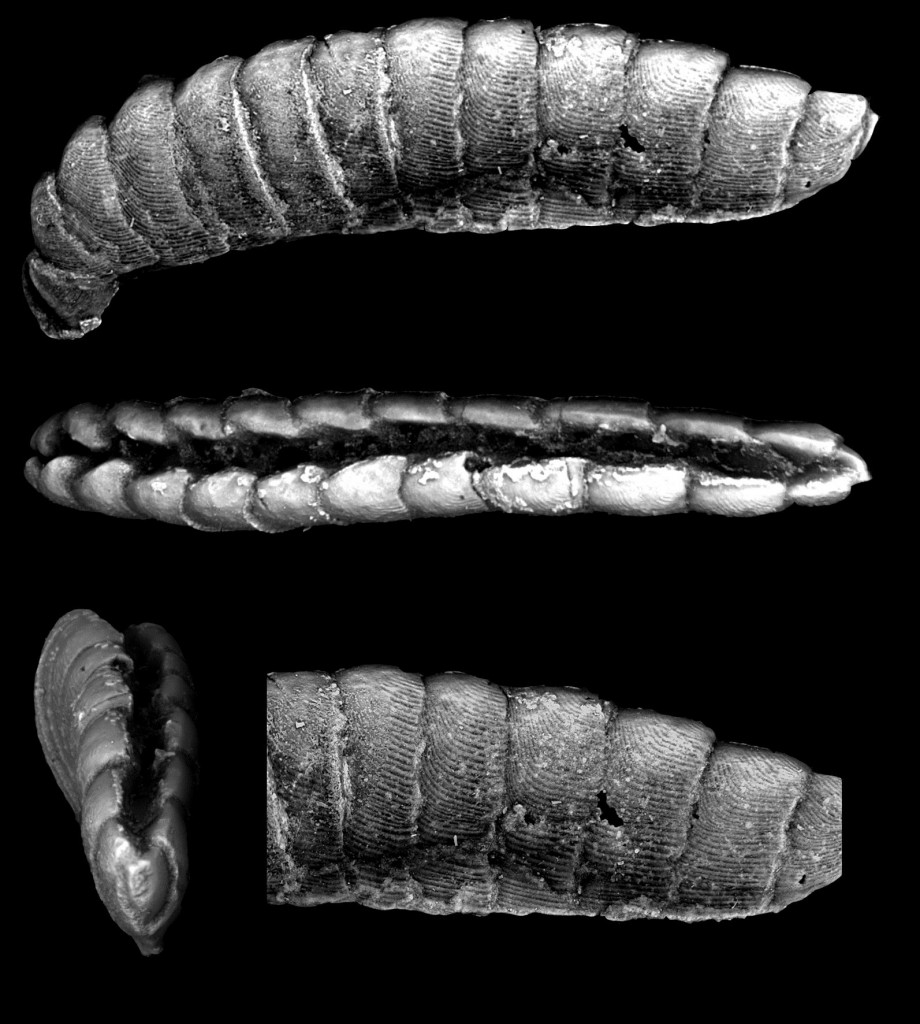
Machaeridians are another problematic group. They were originally described from isolated skeletal plates which were variously identified as molluscs, barnacles and echinoderms. Because there is no suitable living analogue for these strange plates, their affinity remained controversial for 150 years.
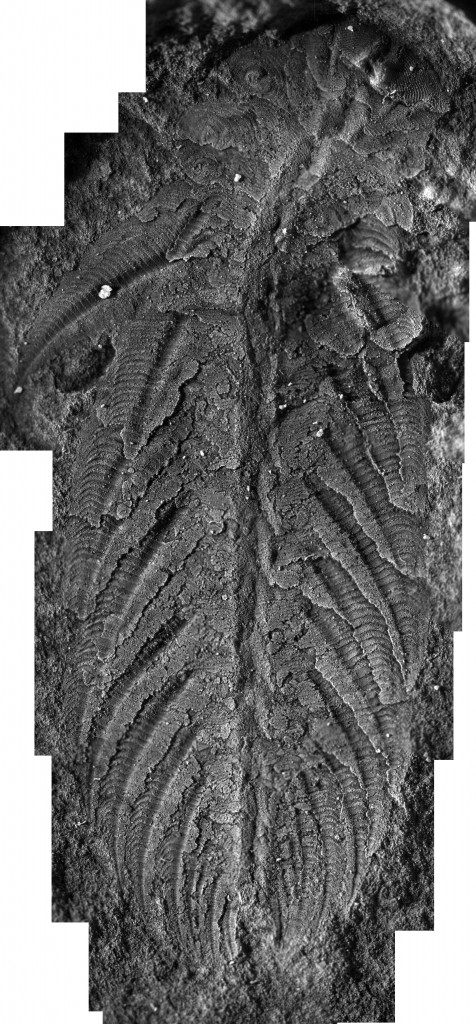
The affinity of machaeridians was revealed in 2008 when articulated specimens with soft body parts were described. The machaeridians are armoured annelid worms (the group that includes modern earthworms and leeches).
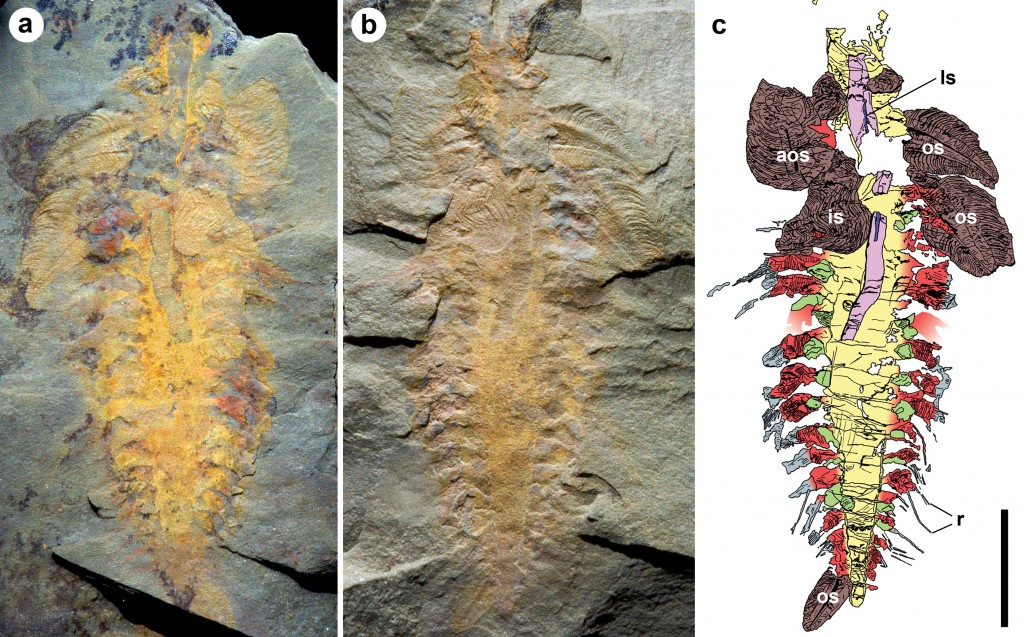
It took the discovery of a complete, well-preserved, specimen in the Lower Ordovician Fezouata locality, Morocco, to realise their true identity. Plumulites bengtsoni, part counterpart and interpretation, scale bar 5mm. Image credit: Peter Van Roy, all rights reserved.
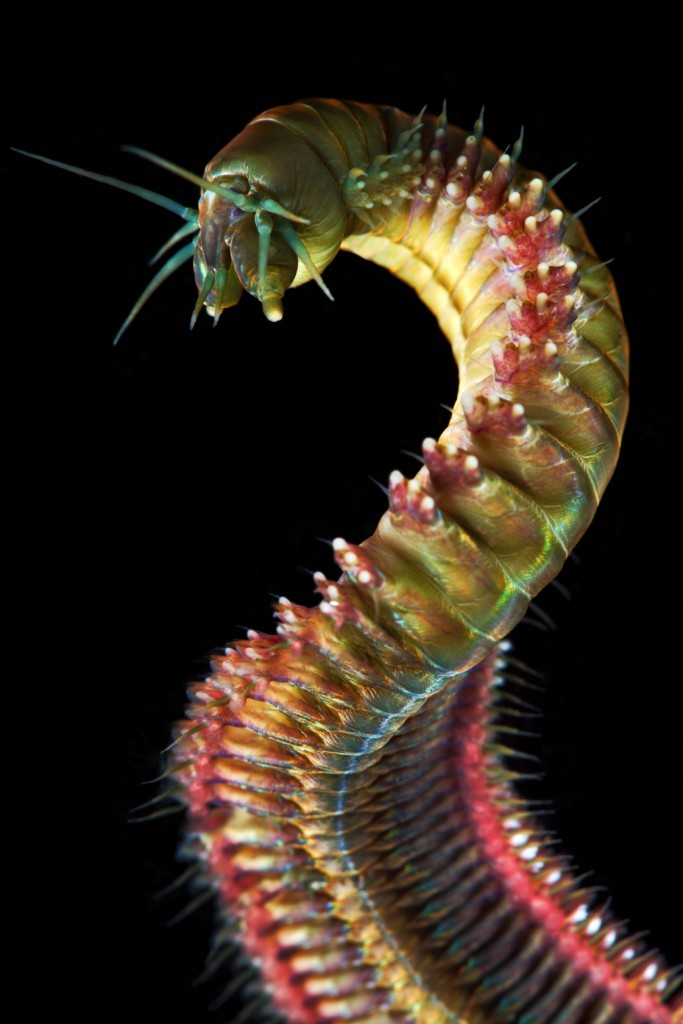
Machaeridians intact belong to a particular group of annelids known as polychaetes (such as this spectacular Nereis pelagica specimen) which have walking limbs with bundles of bristles.
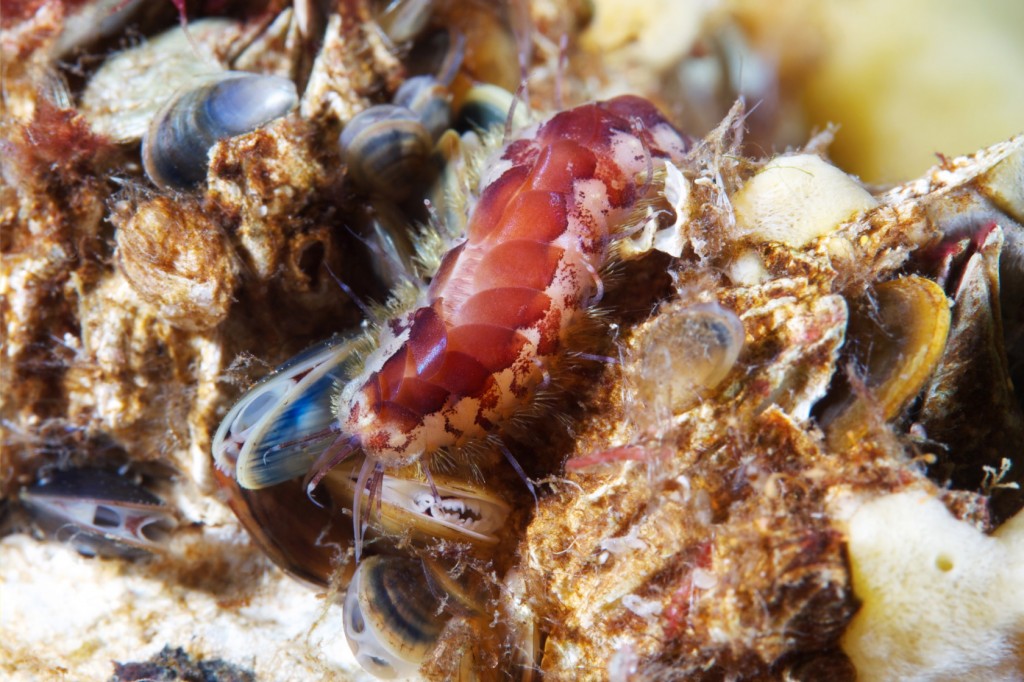
This scale worm, Harmothoe imbricata, displays similar structures to what the machaeridians must have used to carry their shell plates.
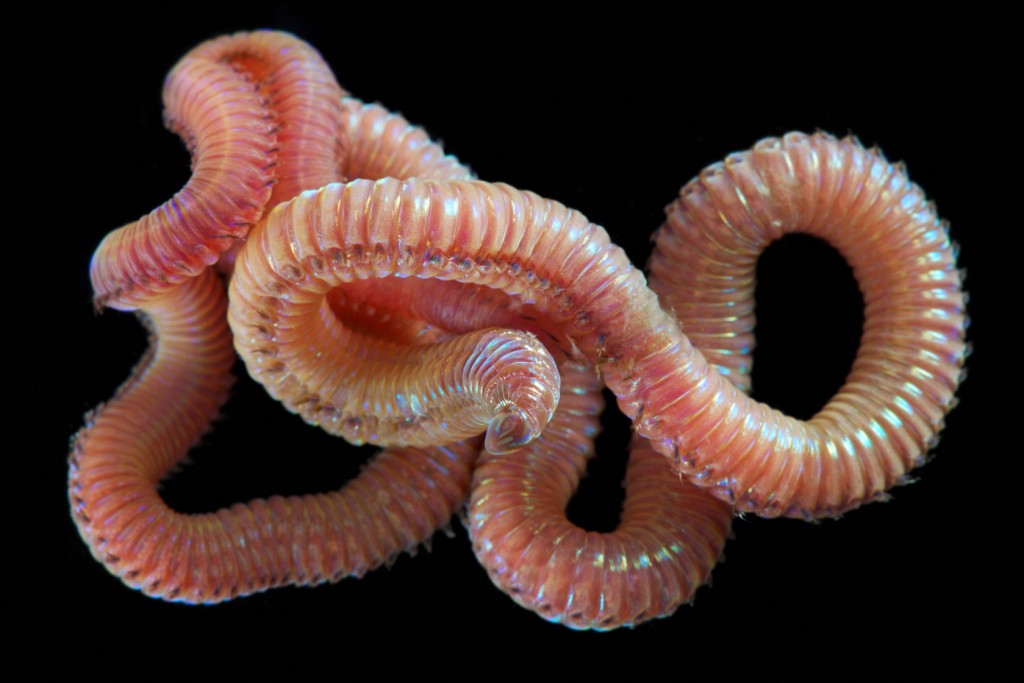
Many polychates are burrowers, such as this Lumbrinereis sp., and it is possible that machaeridians used peristaltic movements, in combination with their armoured plates, to burrow through sediment.
Image credits: All images of polychaete worms copyright of Alexander Semenov, all rights reserved. Unless otherwise stated, all other visual material copyright of Dr Jakob Vinther, all rights reserved.

